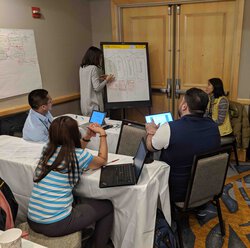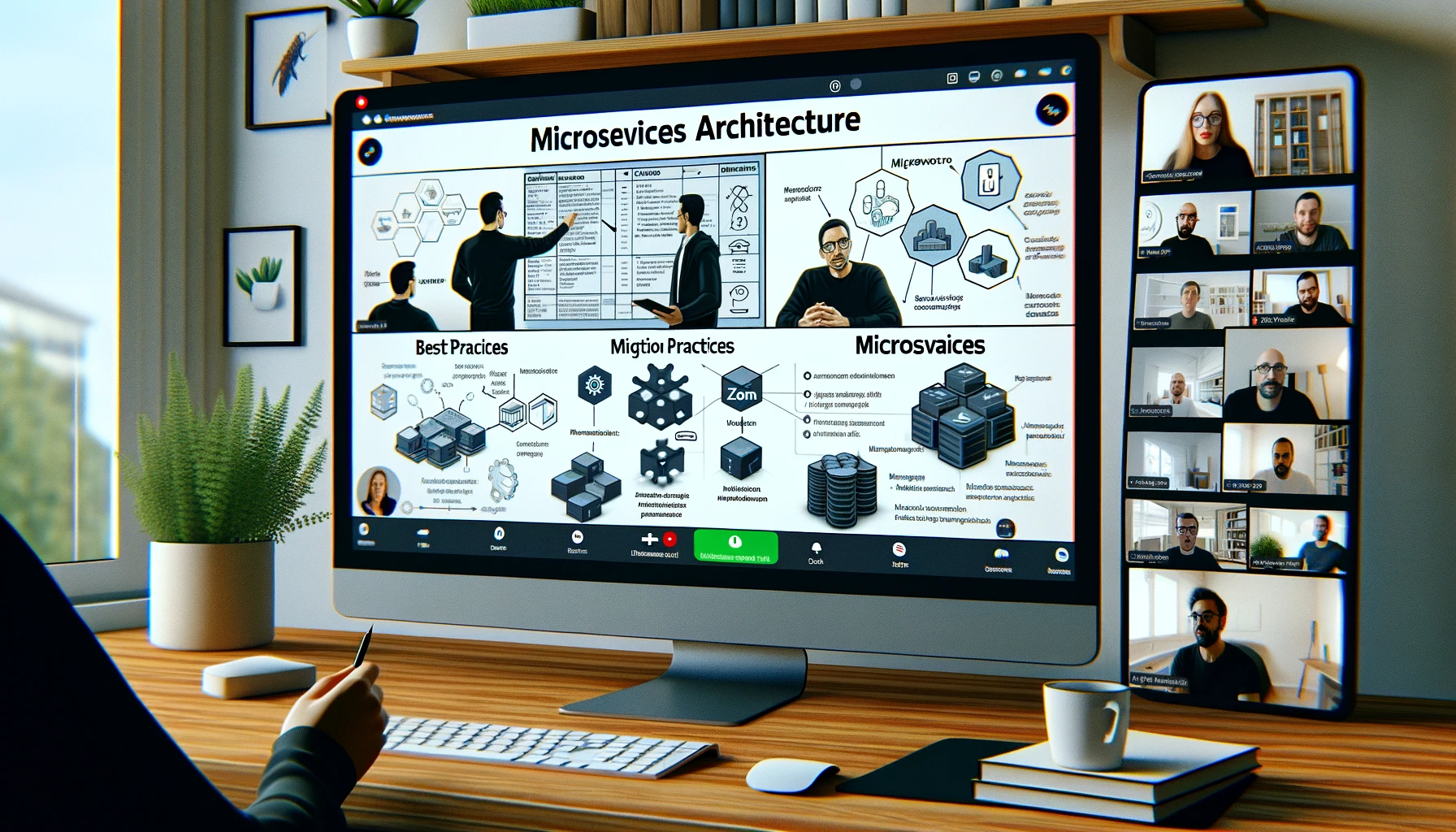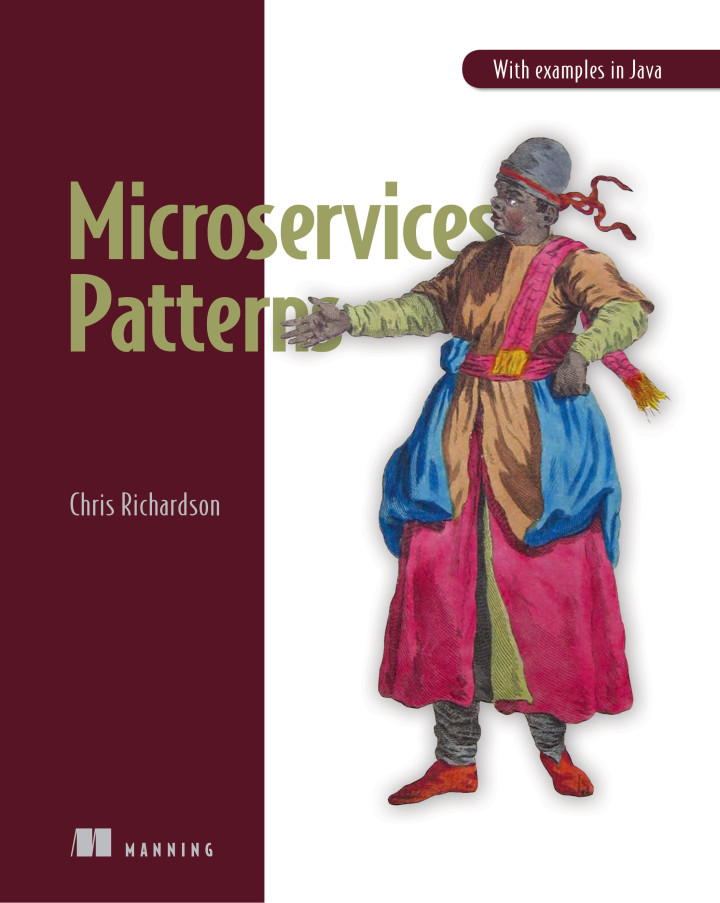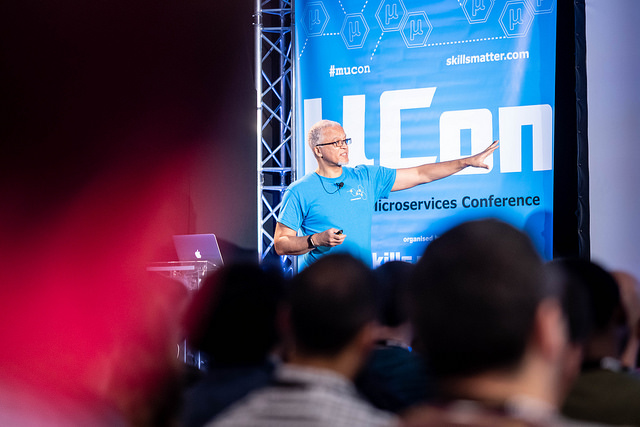Microservices rules #7: Design loosely design-time coupled services - part 2
architecting design-time coupling microservices rulesContact me for information about consulting and training at your company.
The MEAP for Microservices Patterns 2nd edition is now available
This is another article in the series about microservices rules: what good looks like, which are a set of principles and practices for using microservices effectively. The articles in the series are:
1. Practice continuous delivery/deployment
2. Implement fast, automated deployment pipelines
4. Provide a great developer experience (DevEx)
5. Use a deliberative design process
6. Design independently deployable services
7. Design loosely coupled services - part 1, part 2, part 3
9. Develop observable services
10. Big/risky change => smaller/safer and (ideally easily) reversible changes - part 1 - incremental architecture modernization, part 2 - continuous deployment, part 3 - canary releases, part 4 - incrementally migrating users, part 5 - smaller user stories
11.Track and improve software metrics and KPIs
Microservices rules #7 is design loosely design-time coupled services.
In part 1, I explained the concept of design-time coupling and the related concept of cohesion and described the benefits of a loosely coupled architecture.
In this article, I describe how to design loosely design-time coupled software.
Read more (This post is for paying subscribers only)
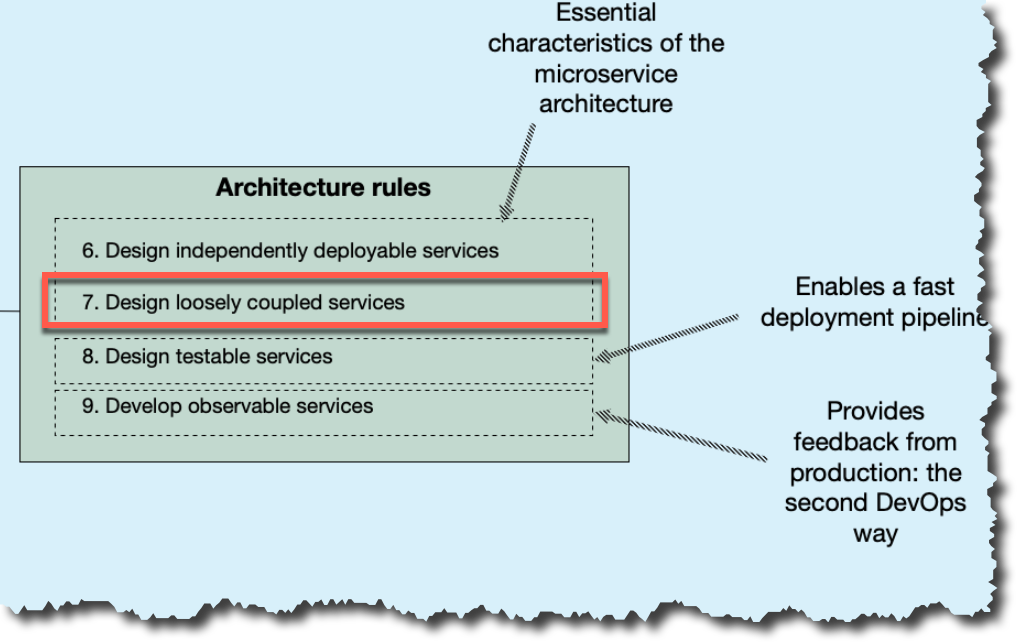
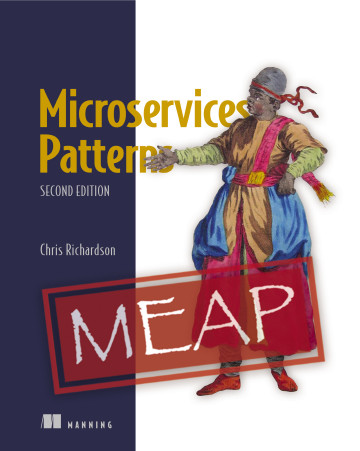

 Premium content now available for paid subscribers at
Premium content now available for paid subscribers at 